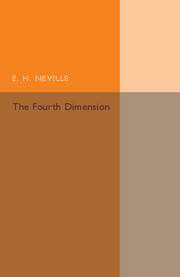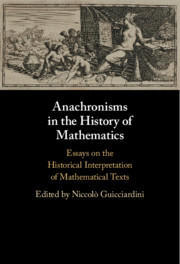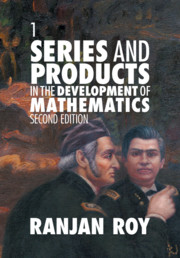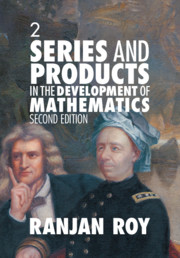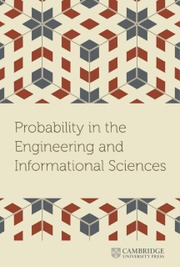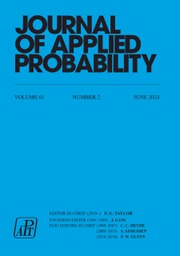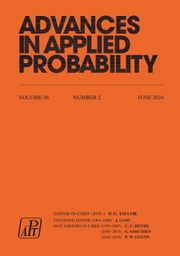Recent Developments on Introducing a Historical Dimension in Mathematics Education
There has been increased interest in recent years in the use of the history of mathematics in the teaching of mathematics. Many researchers around the world are now conducting empirical studies of the use of history in the mathematics classroom to get more insight into its educational implications. To make these new results available to a wider audience the editors of this book have collected articles stemming from presentations at recent meetings of the International Study Group on the Relations Between History and Pedagogy of Mathematics (the HPM Group), the European Summer University on the History and Epistemology in Mathematics Education (ESU), and the Congress of the European Society for Research in Mathematics Education (CERME). Some of the articles present theoretical perspectives on the use of history, while others give results of empirical studies on how the history of mathematics aided their students in understanding mathematical ideas.
- Provides new ideas for incorporating the history of mathematics into mathematical education
- Contains articles from researchers teaching mathematics at various levels of education
- Offers a mix of theoretical perspectives and empirical studies
Product details
October 2011Paperback
9780883851883
350 pages
279 × 215 × 15 mm
0.69kg
This item is not supplied by Cambridge University Press in your region. Please contact Mathematical Association of America for availability.
Table of Contents
- Part I:
- 1. Teaching with primary historical sources: should it go mainstream? Can it? David Pengelley
- 2. Dialogism in mathematical writing: historical, philosophical and pedagogical issues Evelyne Barbin
- 3. The process of mathematical agreement: examples from mathematics history and an experimental sequence of activities Gustavo Martinez Sierra and Antonio-Antonio Rocío
- 4. Researching the history of algebraic ideas from an educational point of view Luis Puig
- 5. Equations and imaginary numbers: a contribution from Renaissance algebra Giorgio T. Bagni
- 6. The multiplicity of viewpoints in elementary function theory: historical and didactical perspectives Renaud Chorlay
- 7. From history to research in mathematics education: socio-epistemological elements for trigonometric functions Gabriela Buendia Abalos and Gisela Montiel Espinosa
- Part II:
- 8. Harmonies in nature: a dialogue between mathematics and physics Man-Keung Siu
- 9. Exposure to mathematics in the making Batya Amit, Nitsa Movshovitz-Hadar and Tsvi Berman
- 10. Historical pictures for acting on the image of mathematics Adriano Demattè and Fulvia Furinghetti
- 11. Pedagogy, history and mathematics: the theme of measure Luis Casas and Ricardo Luengo
- 12. Students' beliefs about the evolution and development of mathematics Uffe Thomas Jankvist
- 13. The effects of studying the history of the concept of function on student understanding of the concept Beverly M. Reed
- 14. Integrating the history of mathematics into activities introducing undergraduates to concepts of calculus Theodorus Paschos and Vassiliki Farmaki
- 15. A multiple perspective approach to the history of the practice of mathematics in a competency based mathematics education: history as a means for the learning of differential equations Tinne Hoff Kjeldsen
- 16. History of statistics and students' difficulties in comprehending variance Michael Kourkoulos and Constantinos Tzanakis
- 17. Learning discrete mathematics and computer science via primary historical sources: student projects for the classroom Janet Heine Barnett, Jerry Lodder, David Pengelley, Inna Pivkina and Desh Ranjan
- Part III:
- 18. History of mathematics for primary school teacher education, or, can you do something even if you can't do much? Bjorn Smestad
- 19. Reflection and revision: evolving conceptions of using a history course Kathleen Clarke
- 20. Mapping our heritage to the curriculum: historical and pedagogical strategies for the professional development of teachers Leo Rogers
- 21. Teachers' conceptions of history of mathematics Bjorn Smestad
- Part IV:
- 22. The evolution of a community of mathematical researchers in North America:
- 1636–1950 Karen Hunger Parshall
- 23. The transmission and acquisition of mathematics in Latin America, from independence to the first half of the 20th century Ubiratan D'Ambrosio
- 24. In search of vanishing subjects: the astronomical origins of trigonometry Glen Van Brummelen.


